The opening caption for The Last Kingdom (BBC2, Thursday) read ‘Kingdom of Northumbria, North of England, 866 AD’. In fact, though, an equally accurate piece of scene-setting might have been ‘Britain, Saturday teatime, the 1970s’.
The series, based on the novels by Bernard Cornwell, has been described in advance as the BBC’s answer to Game of Thrones — and, as various thesps in furs and long beards began to attack each other with swords, it wasn’t hard to see why. Yet, apart perhaps from the level of the violence, the programme’s real roots seem to belong to less sophisticated (and less expensive) shows than that: the kind set firmly in the period known as ‘yore’ and that many of us will dimly remember from our childhoods. On the whole, these were shows where depth of characterisation came a distant second to a seamless blend of the exciting and the solemnly cheesy; where the dialogue was a curious mix of archaic and modern (‘Do you know what I’m tasked with?’ asked one seventh-century Northumbrian on Thursday); and where few male wrists went unadorned by a bird of prey.
To its credit, The Last Kingdom didn’t waste any time getting started. Within 20 seconds, the Saxons, on what would one day become the Geordie shore, had spotted the seaborne approach of a group of Danes, aka ‘the Devil’s turds’. ‘Every man,’ the Saxon leader Uhtred urged his troops, ‘must be prepared to die.’ And in the event, this was just as well — because the Saxons were comprehensively defeated in the first battle. Uhtred himself got a sword through the neck and throat. Any Saxon survivors were then killed in a wide-ranging selection of ways by the guffawing Danes over supper. (The Danes, incidentally, proved rather fond of guffawing, greeting almost every plot development with a solid burst of actorly laughter.)
One Saxon male who did live on, mind you, was Uhtred’s young son, also called Uhtred. After seeing — and guffawing at — his naive bravery, the Danish warlord Ragnar increasingly took the boy under his wing. He even saw him safely through to manhood when, after a quick change of actors, Uhtred junior instantly demonstrated what a hunk he’d become by the traditional method of emerging topless from some water.
Not long afterwards, Uhtred also followed Ragnar’s advice to ‘get together with Brida’, a female Saxon captive with whom he disappeared into the woods just as some renegade Danes secretly prepared to attack the warlord’s compound. When the couple returned, they saw Ragnar fighting on to the end — which was especially brave, given that he was in flames at the time. And with that, pausing only to behead one of the baddies, Uhtred galloped off with Brida into next week’s episode.
Whether or not the programme can continue to be so relentlessly action-packed I have no idea. What I am prepared to predict, however, is that it certainly needs to — because you don’t have to be an 11-year-old boy to prefer the stirring fight scenes to everything else it has to offer. Not coincidentally, the few times on Thursday when The Last Kingdom tried something gentler or more subtle (about national identity, say, or family relationships) were also the times when the creakiness became impossible to ignore.
And now to what already promises to be one the highlights of the TV year — the return of Fargo (Channel 4, Monday). Because this is what’s known in the trade as ‘an anthology series’ (i.e. each season stands alone), its second incarnation has only two concrete links to the first: the Minnesota small-town setting and the presence of Lou Solverson, the heroine’s grizzled, café-owning father in series one — but here taking centre-stage in his earlier career as a cop, back in the far-off days of 1979 when children were still encouraged to make ashtrays in school.
Fortunately, while the plot, era and characters may have changed, the show’s essential qualities remain as impressive as ever. For one thing, there’s the miraculous control of tone, which allows Fargo to be funny, unsettling, thrilling, touching, weird, tender and frightening all at the same time — and quite often all in the same scene. Another is its ability to combine an almost apocalyptic sense of good and evil with quietly recognisable everyday life. A third is the flawless cinematography, complete of course with plenty of atmospheric shots of blood soaking into the Minnesota snow.
Got something to add? Join the discussion and comment below.
Get 10 issues for just $10
Subscribe to The Spectator Australia today for the next 10 magazine issues, plus full online access, for just $10.
You might disagree with half of it, but you’ll enjoy reading all of it. Try your first month for free, then just $2 a week for the remainder of your first year.

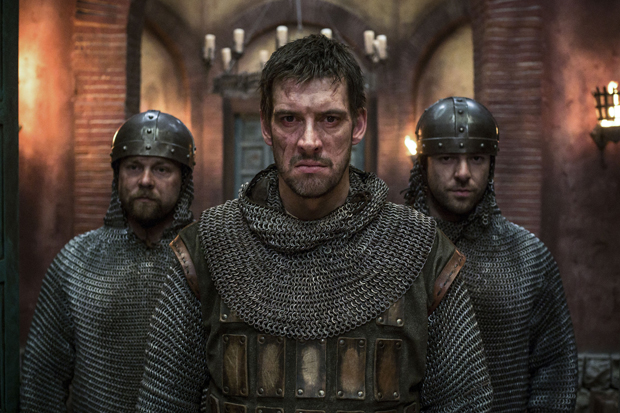
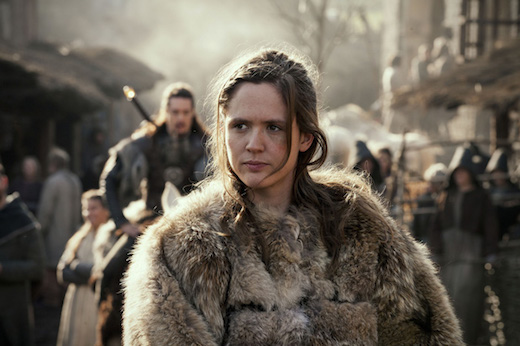
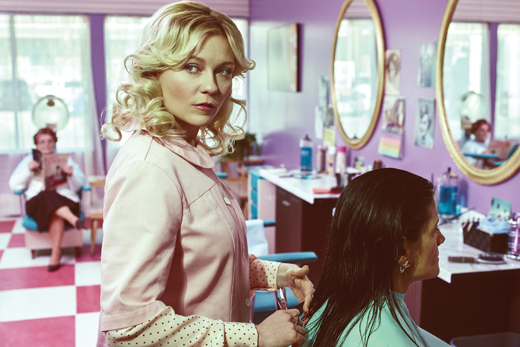
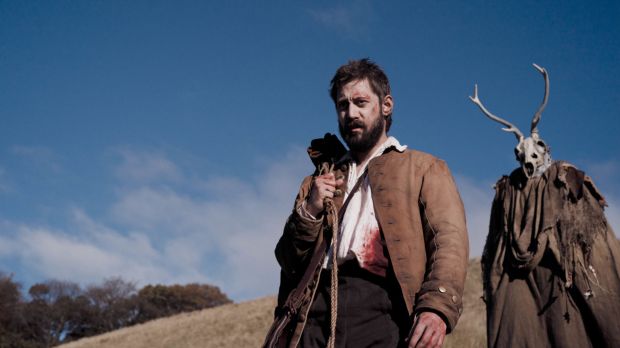
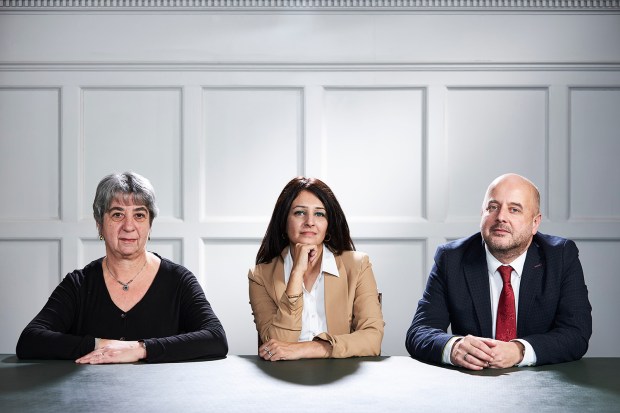

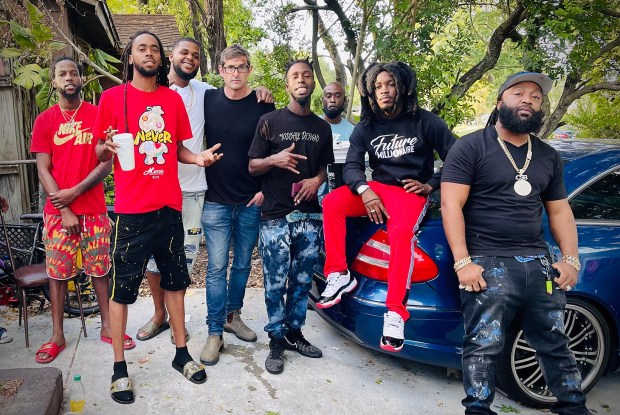
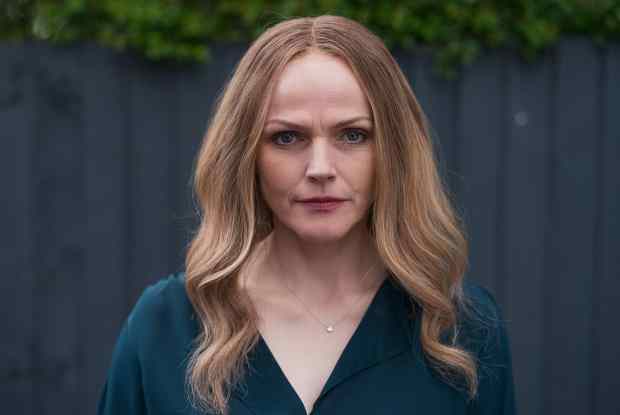
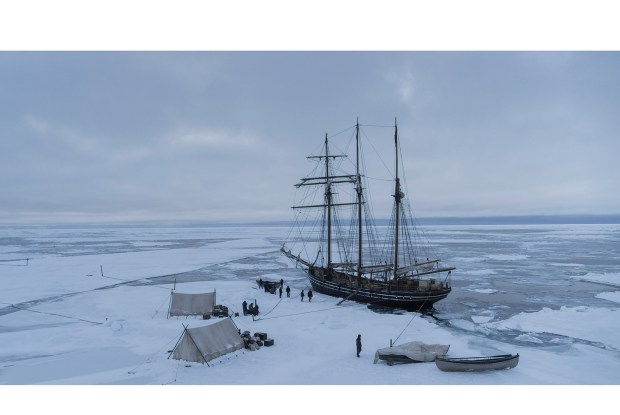






Comments
Don't miss out
Join the conversation with other Spectator Australia readers. Subscribe to leave a comment.
SUBSCRIBEAlready a subscriber? Log in